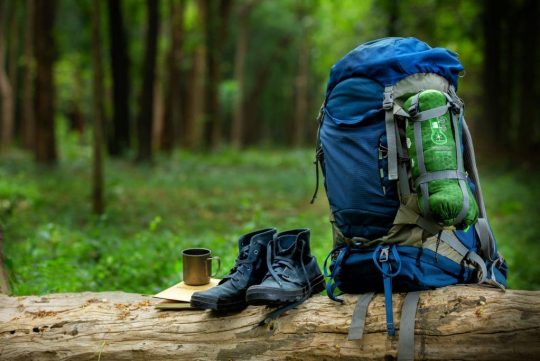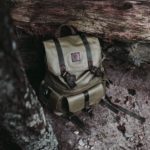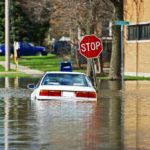What is an Emergency Survival Kit?
You should prepare two types of emergency kits; a Go Bag to be used in case of an immediate evacuation and an emergency survival preparedness Kit to provide supplies for sheltering-in-place.
Are you a business owner? If yes, you should have a plan to support your guests and staff in an emergency or disaster scenario.
Your Business Continuity should be self-sufficient and effective for at least three days after a major incident.
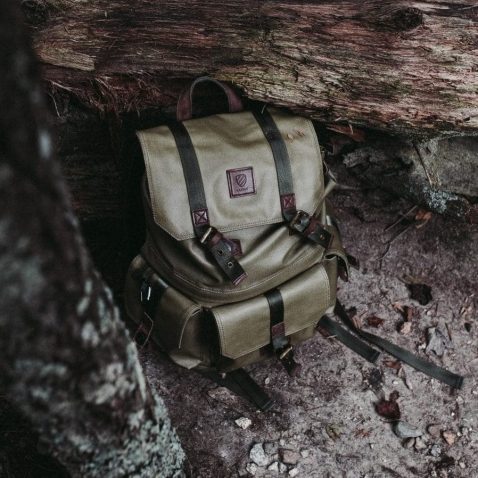
Go Bag
Your Go Bag will contain your own emergency supplies that are pre-packed in an easy-to-carry and sturdy backpack.
Are you unsure of what to pack? Think about the items that you’ll need if you had to evacuate your home or place of work immediately.
In addition to your essential items, think about personal items such as copies of documents, keys, spare glasses, maps, and medications.
Also, make sure that you keep your GO Bag in a safe and secure place that you can grab at a moment’s notice. Look out for other names for Go Bags such as grab-bag, but-out bag, and evacuation pack.
72-hour Emergency Preparedness Kit
In an emergency, you should be able to rely on your 72-hour Preparedness Kit to keep you safe. While a Go Bag is an essential part of your emergency preparedness for evacuation, having a home emergency survival kit is crucial for survival during a shelter-in-place order.
Remember, you may not have electricity in your home or workplace, therefore, you can’t be reliant on existing supplies and equipment.
Other day-to-day utilities that we depend upon like for communication and shelter like water mains, telephones, gas, and the internet may be disrupted which will leave you vulnerable unless there are provisions in place.
Consider the likelihood of structural damage that could be brought on by flooding, landslides, earthquake, high winds, explosions or blasts.
These possibilities could make your home or workplace unsuitable for sheltering in. An alternative would be to shelter in an outdoor space nearby like a park, garden or an indoor evacuation center.
Regardless of whether you’re sheltering at home, outdoors or in a public venue, your Emergency Preparedness Kit should be made ready with life-long food and water, survival gear and shelter supplies in an easy-to-reach location.
The American Red Cross recommends storing your essentials in a large backpack or two which allows for quick retrieval in case you and your family need to evacuate.
Remember to refresh your emergency kit by replacing expired food, batteries or medication. Don’t forget to replace your water every six months!
Why do you need an Emergency Survival Kit?
It’s good to remember that weather emergencies are less likely to occur during good conditions. Always expect the unexpected and be prepared for all kinds of emergencies.
Having an emergency kit could easily save the life of you and your family!
Simply preparing a kit is an important step in preparing your household from any unforeseen events.
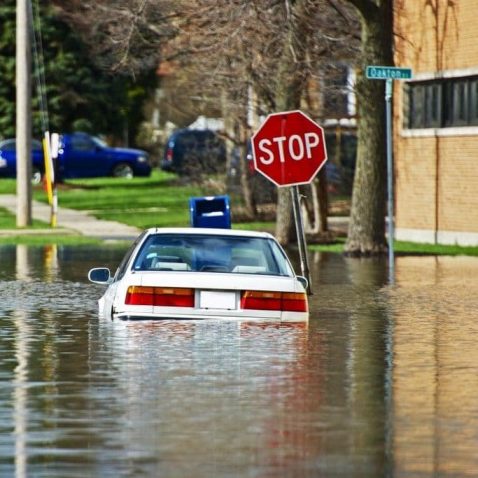
Threat levels from terrorism are high but your emergency kit isn’t solely for security. Global warming has presented us with severe weather that can have disastrous effects.
Flooding is one of the widespread problems that force people to evacuate their homes and businesses. The warmer air produced by climate change holds more moisture which results in frequent and heavy downpours.
Emergency kits are easy and affordable to put together and the price you pay for the kit is small compared to the cost of surviving an emergency without one.
Ideally, the contents you select for your kit should be suitable for the emergency that you’re preparing for. However, this isn’t always possible because emergencies can be unpredictable and can develop without notice.
It’s wise to pack extra items including those you don’t anticipate using.
Emergency Survival Kit List
The essentials in your survival kit should be specific to your circumstances.
For example, if you live in a cold area, you should prioritize layered clothing and Mylar blankets. If you live in a hot area that experiences storms, you should prioritize bug spray, mosquito nets and plenty of water.
Your emergency survival kit should have the following supplies;
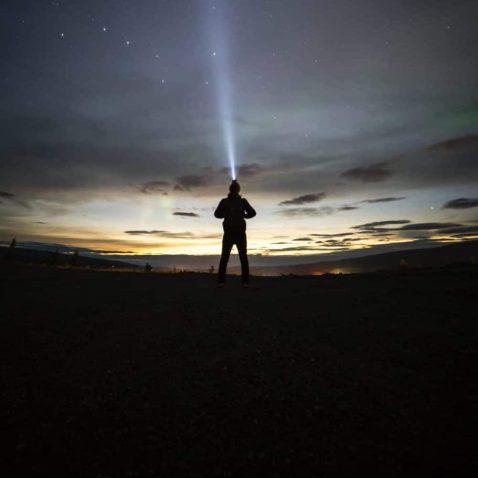
Water – you should pack at least 1.5 liters of drinking water per person per day. You could pack mineral water bottles but these have a shelf life and will need to be replaced at regular intervals.
You should consider purchasing emergency drinking water pouches because they have a five-year shelf life and are relied upon in life-raft situations.
Carrying water can be heavy. To reduce the weight, you could carry water purification tablets to treat any water and make it suitable to drink.
Or, you could use a purification or filtration bottle to avoid consuming extra chemicals. These bottles will stop bacteria, viruses, fungi, and other water-borne pathogens.
Food – don’t forget to pack some ready-to-consume food in your Go Bag so that you remain energetic and alter in the aftermath of an emergency incident.
Emergency Food Rations provide a high calorie and long-shelf-life biscuit that’s easy to store and compact. These ration packs are used by armies across the world and work as an excellent energy source.
Alternatively, you could pack trail mix and snack bars but you must remember to replace these at regular intervals.
First Aid – your first aid kit should, at the very least, include wound cleansing and dressing supplies, eyewash and burn treatment bandages. Your first aid kit should also include basic medication and enough personal prescription to last you one week.
Documents – pack copies of your important documents like IDs, contact numbers, keys, local maps, prescriptions, and some money in a waterproof document pouch or map case.
You should also pack waterproof notepaper or self-adhesive labels along with a pencil to leave instructions and notes for others to follow.
Masks – although some humans can survive for several days without food or water, they can only survive for a few minutes without air.
Dust and debris can be overwhelming at the site of an incident, therefore, don’t forget to pack disposable respirator masks that can be worn over the mouth and nose to filter dust, particles and aqueous mists.
FFP3 disposable face masks are highly recommendable because their range protects against solid and liquid aerosols as well as smoke and airborne viruses.
Light – A strong torch is an essential part of your Go Bag. You should choose an emergency torch that utilizes LED because it will reduce the need for spare bulbs. You should also purchase multiple types of torches;
- Head torch
- Wind-up torch with a built-in dynamo for internal battery charging
- Battery-powered torch – make sure you have spare alkaline and lithium batteries
Radio – being able to receive information is important in a crisis. Don’t forget to tune in to emergency radio broadcasts via a portable AM/FM radio receiver.
Similar to torches, emergency radios are available with built-in generators for power that can be used at any time. We strongly advise that you purchase a wind-up radio because electricity may not be available which means you won’t have access to the internet.
Communication – telephone networks are likely to be disabled during an emergency. To communicate with loved ones that are within a few kilometers, choose a license-free walkie talkie because they operate independently of any networks.
For longer distances, get a satellite phone because it doesn’t rely on local networks.
Clothing – it’s important for your health to remain warm and dry. Survival ponchos are great for keeping you dry and foil blankets will retain your body heat but can only be used at rest.
Purchasing an emergency foil poncho is a great choice because they’re extremely light and compact plus they’ll keep you warm on the move. You should also buy a compact survival sleeping bag for overnight shelter.
Collect a Two-Week Kit for Major Disasters
If you live in an area that suffers from big natural disasters, you should pack extra supplies.
If you’re weathering the aftermath of a hurricane or an earthquake, you will need more stock than you would a short-term emergency.
For example, if an earthquake permanently knocks out power and water, how are you going to eat and drink?
Consider the likelihood that the local food supply is disrupted and store shelves are empty. How will you get your food?
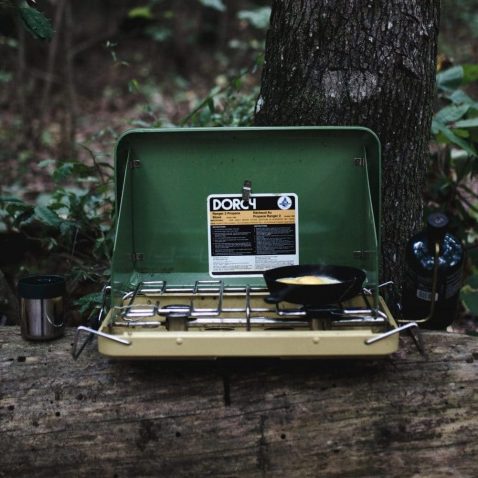
Enough water for 14 days+ – the best way to extend your water supply is by purchasing a reliable water filter.
You should have a 60-gallon rain barrel which will supplement your drinking water and provide you with an extra supply for laundry, cooking, and washing.
Enough food for 14 days + – the rule of thumb for disaster scenarios is a minimum of 2 weeks of non-perishable food. If you have the financial capability, bulk purchasing is the quickest way to build your food supply.
Your neighborhood warehouse store has 30lb+ bags of lentils, rice, beans, and oats.
A heat source for cooking – if you live in an area where twig fuel is accessible, purchase an ultralight stove or a rocket stove. Another option is a solar stove which will cook without electricity or fuel.
Bleach – purchase a regular household liquid bleach that contains 5.25 to 6 percent sodium hypochlorite. You must avoid scented and color-safe bleaches.
Personal products – pack an extra change of clothing for everyone in your home as well as extra feminine products, infant formula, diapers, and pet products if necessary.
Bug spray – if you live in an area with insects, make sure you have spray with at least 60% deet and make sure you wear clothes that cover your arms and legs during dawn and dusk.
Consider buying a mosquito net for overnight, especially for use with children. If you’re allergic to bug spray, purchase citronella candles as an alternative.
Tent or portable shelter – consider how many people require sheltering and buy a tent or emergency shelter accordingly.
Portable Biffy – you guessed it – you will need a toilet! You can make this from a 5-gallon bucket and a portable seat. Alternatively, you could pack a pre-made foldable toilet.
Car Emergency Survival Kit
If you or someone you know travel lengthy commutes day-to-day, an emergency car kit can mean the difference between getting back on the road quickly and being stranded for hours in dangerous conditions.
Nobody likes to think about being caught up in a car accident, but that doesn’t mean you shouldn’t prepare for it.
A great car emergency survival kit will combine everything you need in a neat package.
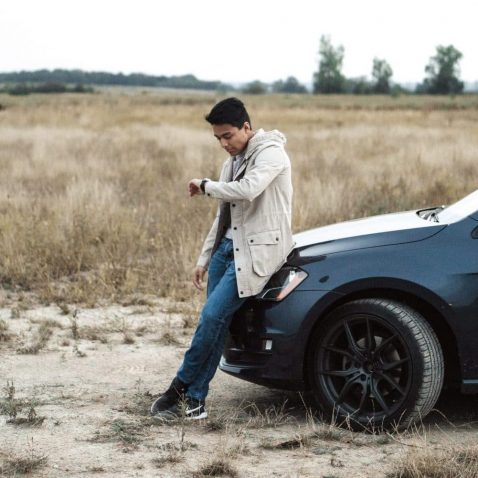
Although some of these are pretty self-explanatory, here are our recommendations for your car emergency survival kit.
- Durable canvas bag to store supplies
- Jumper cables
- Roadside flares/glowsticks
- No-spill gas can
- Flat tire inflation canister
- Spare tire and jack
- Spare car fuses
- First aid kit
- Bottled water
- Granola/energy bar
- Small tool kit including screwdrivers, pliers, vise grips, adjustable wrench, tire pressure gauge.
- Small, foldable shovel
- Torch
- Road maps
- Blankets
- Car fire extinguisher
- Antifreeze
- Extra clothing layers for colder climates
- Roll of duct tape
- Paper towels
- Washer fluid
- Umbrella
- Ice scraper
- Waterproof poncho
Some additional items may include;
- Towing strap
- Sanitation
- Emergency car battery charger
- Solar battery charger
- Extra pair of shoes
- Toiletries
- A cell phone charger that you leave in your car at all times.
- Battery-powered or hand-crank radio
- Sleeping bag
Additional Supplies
Although the color of your emergency survival kit seems like minor importance, it actually makes sense to think about the visibility of your equipment.
It will be much easier to find your emergency survival kit in an emergency if it’s reflective or brightly colored!
Once you’ve collected the essentials, there are some additional supplies to keep in your survival kit based on the types of disasters common to your area:

- Whistle
- N95 or surgical masks
- Matches
- Towels
- Work gloves
- Tools for securing your home
- Plastic sheeting
- Entertainment items
- Scissors
Summary
Understanding the hazards that occur in the places that you live, work and study will help you to determine how best to prepare for an emergency.
Unfortunately, the reality is a disaster can strike at any time and it can happen to any of us.
Knowing what is in an emergency survival kit, and what you have at your disposal will put your mind at ease. You will feel more prepared knowing that you’re prepared to handle the unexpected.
Also, emergency kits give those who are stranded a channel of communication with the outside world so we can connect with loved ones and receive news. Most importantly, an emergency survival kit will help you to care for your beloved family, children, pets, and neighbors.
Your survival kit will give you the ability to be self-sufficient. The emergency items on our lists will allow you and a small group to fend for yourself for at least a few days while you wait for a civil support system or hike your way to a safer area.
Share the Love
If you found this post useful, please let others know about it by sharing it.
